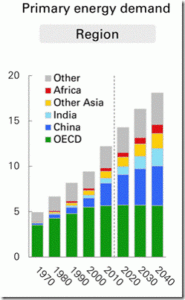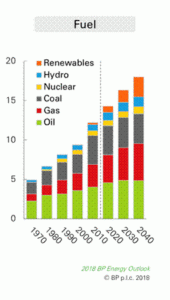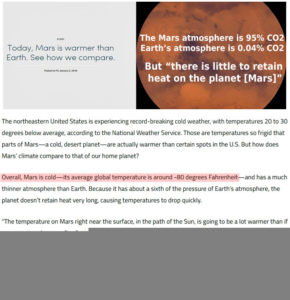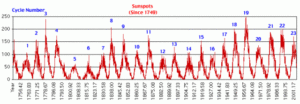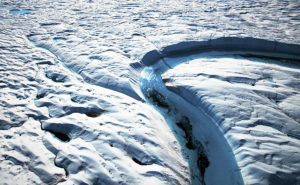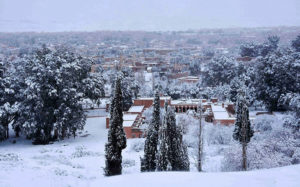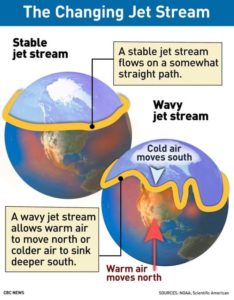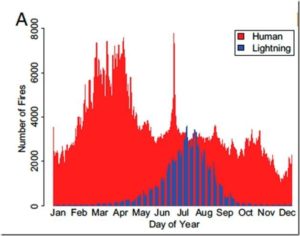by Jean N., 6 décembre 2019 in ScienceClimatEnergie
Non, le réchauffement de la planète n’est pas global comme l’affirment les médias. Selon la dernière version des données officielles de température fournies par le Goddard Institute for Space Studies (GISS) de la NASA (les séries thermométriques terrestres GHCNv4), il existe dans le monde toute une série de villes, villages et régions où aucun réchauffement de la troposphère n’est observé au niveau du sol en fonction du temps. Ceci est d’ailleurs confirmé par la récente étude de Lansner & Pedersen publiée en 2018 (et qui avait fait l’objet d’un article ici-même), mais aussi par d’autres publications qui analysent par exemple le “warming hole” des Etats-Unis (Partridge et al. 2018). Et pourtant, dans ces régions qui ne se réchauffent pas, le taux atmosphérique de CO2 a bel et bien augmenté de manière significative (voir ici). Le but du présent article est d’abord de vous présenter 12 de ces villes et régions. Nous verrons ensuite que le rôle attribué au CO2 est exagéré et que de nombreux facteurs, méconnus, entrent en jeu et jouent probablement un rôle dominant.
1. Présentation de quelques villes et régions qui ne se réchauffent pas.
Dans les lignes qui suivent, les données officielles de température seront utilisées. La qualité de ces données a bien entendu été contrôlée par les gestionnaires locaux des stations météorologiques, et puis par le GISS lui-même. Ne seront présentées que les séries de températures moyennes annuelles. Les données ont ensuite été ajustées pour tenir compte des effets non climatiques, des changements géographiques éventuels de stations de mesure, ainsi que de l’effet de chaleur urbain qui a été déduit. Il s’agit donc de données nettoyées, appelées “GHCN-adj-homogenized”. Chacun peut se les procurer librement sur le site web du GISS (il suffit de cliquer sur un endroit du monde sur la carte ici).
1.1. Commençons par Nashville aux Etats-Unis (Figure 1). Il s’agit de la capitale de l’État du Tennessee qui comptait 668 347 habitants en 2014. Nashville possède un climat subtropical humide (dans la Classification de Köppen) avec des hivers doux qui peuvent être modérément froids et des étés chauds et humides. Les moyennes mensuelles varient entre 3,4 °C pour le mois le plus froid (janvier) et 26,6 °C pour le mois le plus chaud (juillet). On peut voir sur la Figure 1 la relative stabilité de la température moyenne annuelle oscillant autour de 13°C, et ce depuis 1982 (la droite de régression possède une pente très faible, proche de zéro, et valant +0,0061).

Figure 1. Température moyenne annuelle de Nashville (Tennessee, USA) entre 1982 et 2018.
…

